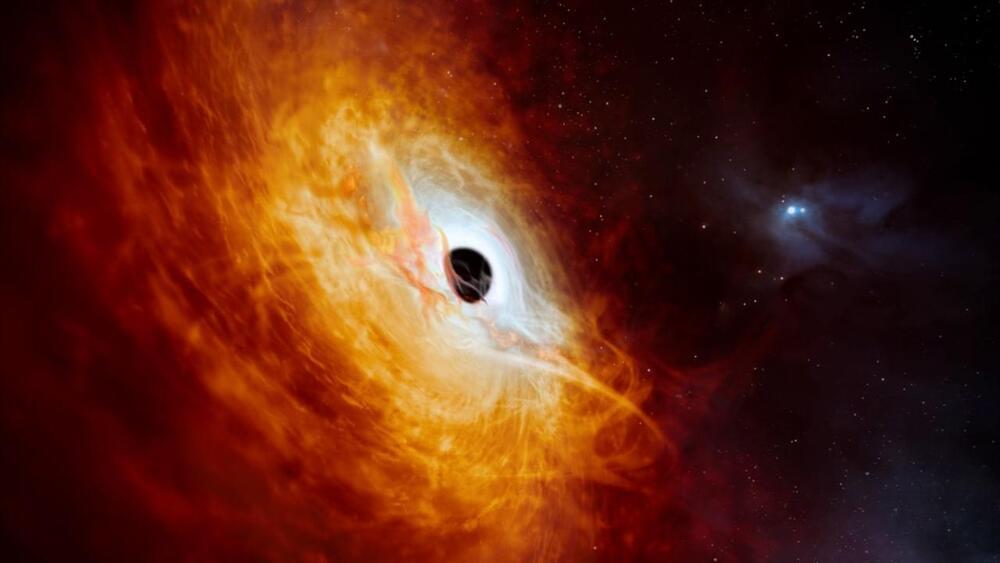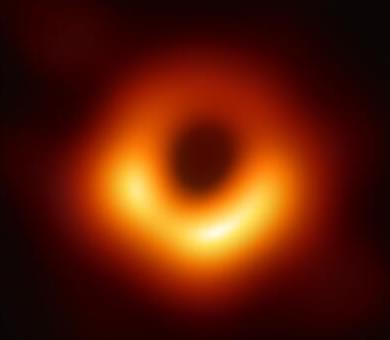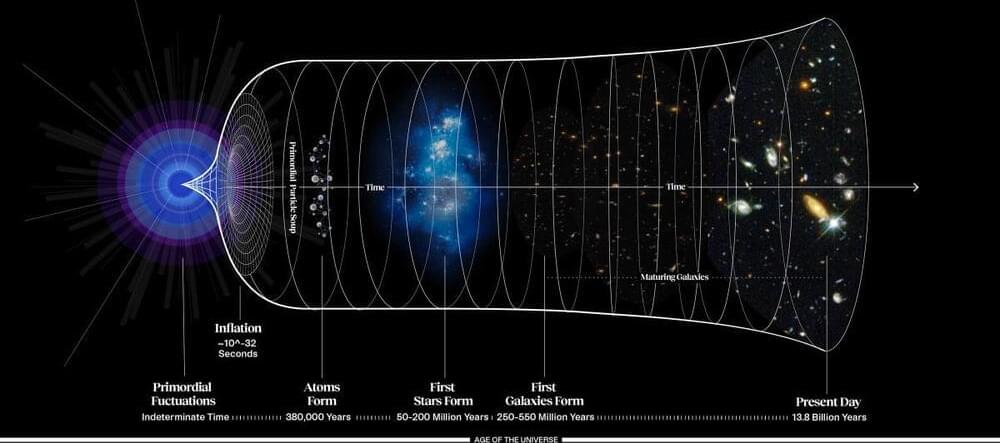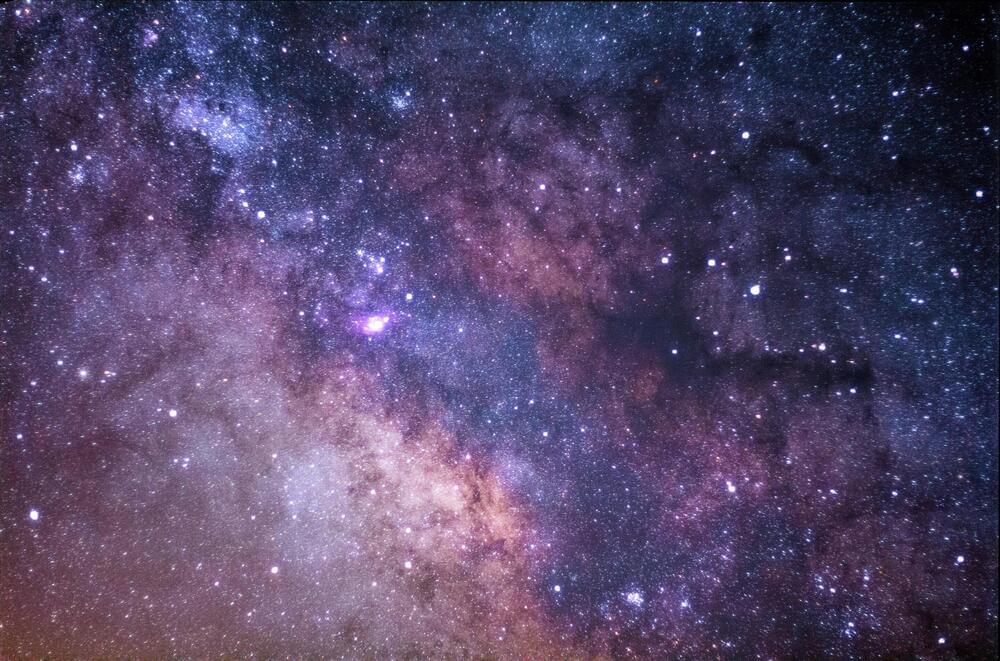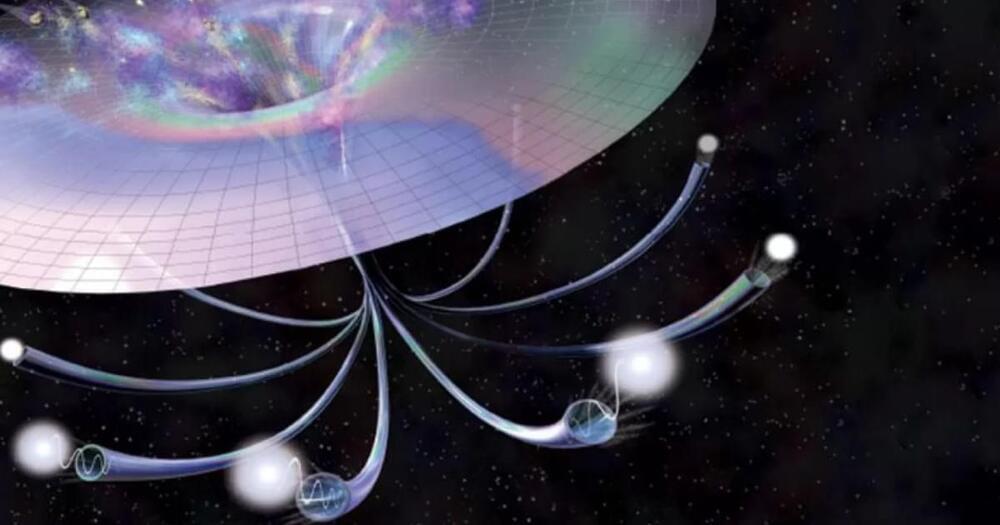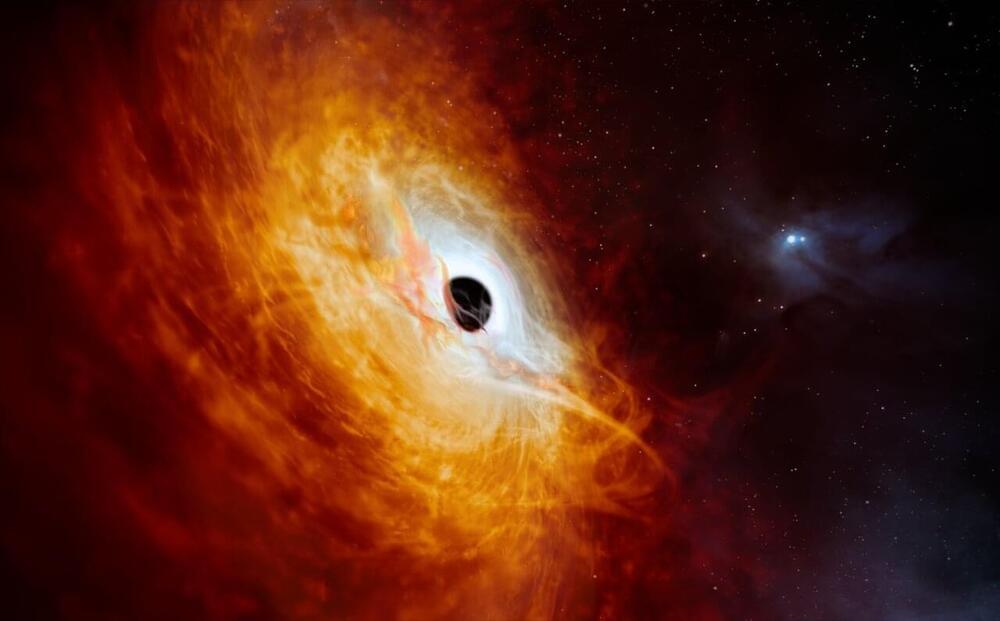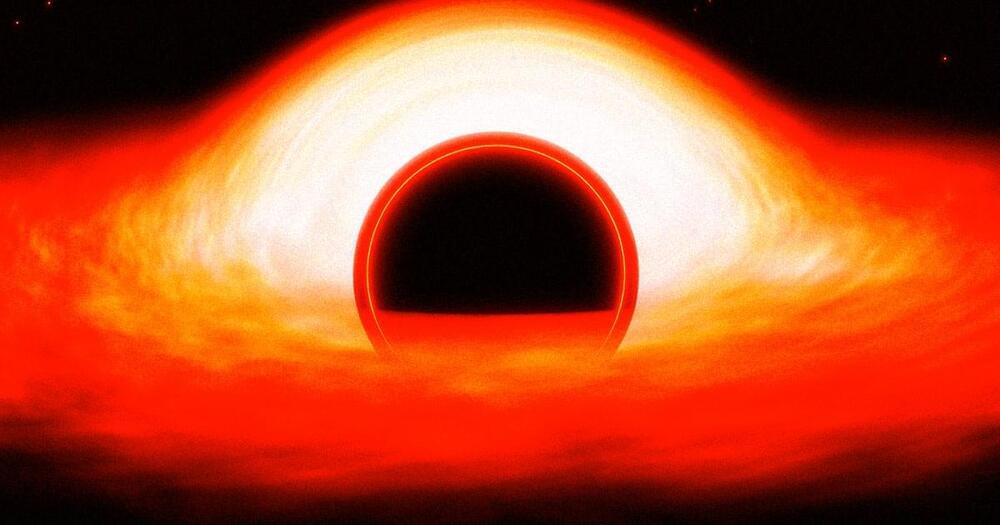Embark on a cosmic journey as we explore the latest breakthrough in black hole research. Recently, scientists revealed the discovery of the oldest black hole ever observed.
Category: cosmology – Page 85
Einstein’s theory of relativity paved the way for black holes’ discovery, but the concept behind their existence was so bizarre that even the scientific visionary was not convinced.
More than a century ago, Albert Einstein stunned the world when he explained the universe through his theory of general relativity. The theory not only described the relationship between space, time, gravity and matter, it opened the door to the theoretical possibility of a particularly mind-boggling phenomenon that would eventually be called black holes.
The concept that explains black holes was so radical, in fact, that Einstein, himself, had strong misgivings. He concluded in a 1939 paper in the Annals of Mathematics that the idea was “not convincing” and the phenomena did not exist “in the real world.”
Imagine what it must have been like, as it was for so long throughout human history and prehistory, to look up at the wonders of the night sky in ignorance: not knowing what you were seeing or where any of it came from. All you could behold with your eyes were those glittering points of light in the sky: the Moon, the planets, the stars, a few deep-sky objects (or nebulae), and the tapestry of the Milky Way, with no way of knowing what they were made of, where they came from, or what any of it meant.
Today, the story is very different. Nearly all of the night sky objects we can see with our naked eye are objects present within the Milky Way galaxy. A few of those deep-sky objects turn out to be galaxies, with trillions of more galaxies — including small, faint, and ultra-distant ones — observable with superior tools. These galaxies all expand away from one another, with more distant objects expanding at greater speeds than nearer ones.
The expanding Universe swiftly led to the idea of the Big Bang, which was then confirmed and validated. The Big Bang was then modified to include an even earlier stage known as cosmic inflation, which preceded and set up the Big Bang’s initial conditions. That’s the current status of our understanding of the beginning as of today, in early 2024. Here are the biggest questions, both answered and unanswered, that we still have about the earliest phases of our Universe.
The purpose of this work is to investigate how several inflationary and bouncing scenarios can be realized by imperfect fluids. We shall use two different theoretical frameworks, namely classical cosmology and Loop Quantum Cosmology (LQC) (see where the derivation of the Hamiltonian in LQC was firstly derived to yield the modified Friedman equation, and also see for a recent derivation of the effective Hamiltonian in LQC, which was derived by demanding repulsive gravity, as in Loop Quantum Gravity). In both cases we shall investigate which imperfect fluid can realize various inflationary and bouncing cosmology scenarios. The inflationary cosmology and bouncing cosmology are two alternative scenarios for our Universe evolution. In the case of inflation, the Universe starts from an initial singularity and accelerates at early times, while in the case of the bouncing cosmology, the Universe initially contracts until it reaches a minimum radius, and then it expands again. With regards to inflation, we shall be interested in four different inflationary scenarios, namely the intermediate inflation, the Starobinsky inflation, and two constant-roll inflation scenarios. With regards to bouncing cosmologies, we shall be interested in realizing several well studied bouncing cosmologies, and particularly the matter bounce scenario, the superbounce scenario and the singular bounce.
As we already mentioned we shall use two theoretical frameworks, that of classical cosmology and that of LQC. After presenting the reconstruction methods for realizing the various cosmologies with imperfect fluids, we proceed to the realization of the cosmologies by using the reconstruction methods. In the case of classical cosmology, we will calculate the power spectrum of primordial curvature perturbations, the scalar-to-tensor ratio and the running of the spectral index for all the aforementioned cosmologies, and we compare the results to the recent Planck data. The main outcome of our work is that, although the cosmological scenarios we study in this paper are viable in other modified gravity frameworks, these are not necessarily viable in all the alternative modified gravity descriptions. As we will demonstrate, in some cases the resulting imperfect fluid cosmologies are not compatible at all with the observational data, and in some other cases, there is partial compatibility.
We need to note that the perturbation aspects in LQC are not transparent enough and assume that there are no non-trivial quantum gravitational modifications arising due to presence of inhomogeneities. As it was shown in, a consistent Hamiltonian framework does not allow this assumption to be true. The perturbations issues that may arise in the context of the present work, are possibly more related to some early works in LQC, so any calculation of the primordial power spectrum should be addressed as we commented above.
Dark matter comprises more than 80% of all matter in the cosmos but is invisible to conventional observation, because it seemingly does not interact with light or electromagnetic fields. Now Dr. Sukanya Chakrabarti, the Pei-Ling Chan Endowed Chair in the College of Science at The University of Alabama in Huntsville (UAH), along with lead author Dr. Tom Donlon, a UAH postdoctoral associate, have written a paper to help illuminate just how much dark matter there is in our galaxy and where it resides by studying the gravitational acceleration of binary pulsars.
Chakrabarti gave a plenary talk on this work and other methods to measure galactic accelerations at the 243rd meeting of the American Astronomical Society in New Orleans in January. The findings are also posted on the arXiv preprint server.
Pulsars are rapidly rotating neutron stars that blast out pulses of radiation at regular intervals ranging from seconds to milliseconds. A binary pulsar is a pulsar with a companion that allows physicists to test general relativity because of the strong gravitational fields accompanying these objects. “Pulsars are fantastic galactic clocks that have a timing stability that rivals atomic clocks,” Chakrabarti explains.
Gravitationally speaking, the universe is a noisy place. A hodgepodge of gravitational waves from unknown sources streams unpredictably around space, including possibly from the early universe.
Scientists have been looking for signs of these early cosmological gravitational waves, and a team of physicists have now shown that such waves should have a distinct signature due to the behavior of quarks and gluons as the universe cools. Such a finding would have a decisive impact on which models best describe the universe almost immediately after the Big Bang. The study is published in the journal Physical Review Letters.
Scientists first found direct evidence for gravitational waves in 2015 at the LIGO gravitational wave interferometers in the US. These are singular (albeit tiny amplitude) waves from a particular source, such as the merger of two black holes, which wash past Earth. Such waves cause the 4-km perpendicular arms of the interferometers to change length by miniscule (but different) amounts, the difference detected by changes in the resulting interference pattern as laser beams travel back and forth in the detector’s arms.
When cosmic inflation came to an end, the hot Big Bang ensued as a result. If our cosmic vacuum state decays, could it all happen again?
Using the European Southern Observatory’s (ESO) Very Large Telescope (VLT), astronomers have characterized a bright quasar, finding it to be not only the brightest of its kind but also the most luminous object ever observed. Quasars are the bright cores of distant galaxies, and supermassive black holes power them.
The black hole in this record-breaking quasar is growing in mass by the equivalent of one sun per day, making it the fastest-growing black hole to date.
The black holes powering quasars collect matter from their surroundings in an energetic process that emits vast amounts of light. So much so that quasars are some of the brightest objects in our sky, meaning even distant ones are visible from Earth. Generally, the most luminous quasars indicate the fastest-growing supermassive black holes.
NASA’s James Webb Space Telescope (JWST) has spotted a rare and “extremely red” supermassive black hole lurking in one of the most ancient corners of the universe.
Astronomers suggest the vermilion black hole was the result of an expanding universe just 700 million years following the Big Bang, as detailed in a paper published this month in the journal Nature. Its colors are likely due to a thick layer of dust blocking much of its light, they posit.
While the cosmic monster was technically first discovered last year, researchers have now found that it’s far more massive than any other object of its kind in the area, making it a highly unusual find that could rewrite the way we understand how supermassive black holes grow relative to their host galaxies.
A team of researchers have claimed to have recently detected a telltale signature of stimulated Hawking radiation from a post-merger black hole. If the researchers’ analysis of gravitational wave data is correct, then they may have found the first evidence of Planck-scale quantum structure at the event horizon of a black hole (quantum horizons). The key signature of a non-classical horizon is an echo signal in the gravitational waves that are detected after the primary merger event of a binary black hole system. The evidence is tentative, but nevertheless tantalizing. Such research is pivotal to advancing our understanding of quantum effects in strong gravity, where novel aspects of the theory of quantum gravity may be hard at work, as exemplified in the remarkable research The Origin of Mass and the Nature of Gravity, in which physicist Nassim Haramein with his colleagues Dr. Olivier Alirol and Dr. Cyprien Guermonprez have demonstrated that the mass-energy of Hawking radiation from a baryonic-scale mini black hole exactly produces the observed rest-mass energy of the proton, demonstrating that the proton rest-mass is the result of quantum vacuum fluctuations of the electromagnetic field in strongly curved spacetime. The analysis of gravitational wave data for an echo signature, the smoking gun of quantum horizons and Hawking radiation, in conjunction with recent observation of Unruh radiation from accelerating electrons, is a significant confirmation of quantum gravitational predictions of unified physics, which we see in solutions like that of Haramein et al. are the solution to understanding the source of mass and force originating from quantum vacuum fluctuations in curved spacetime. It is a major advancement because Unruh-Hawking radiation can no longer be said to be “only theoretical”
